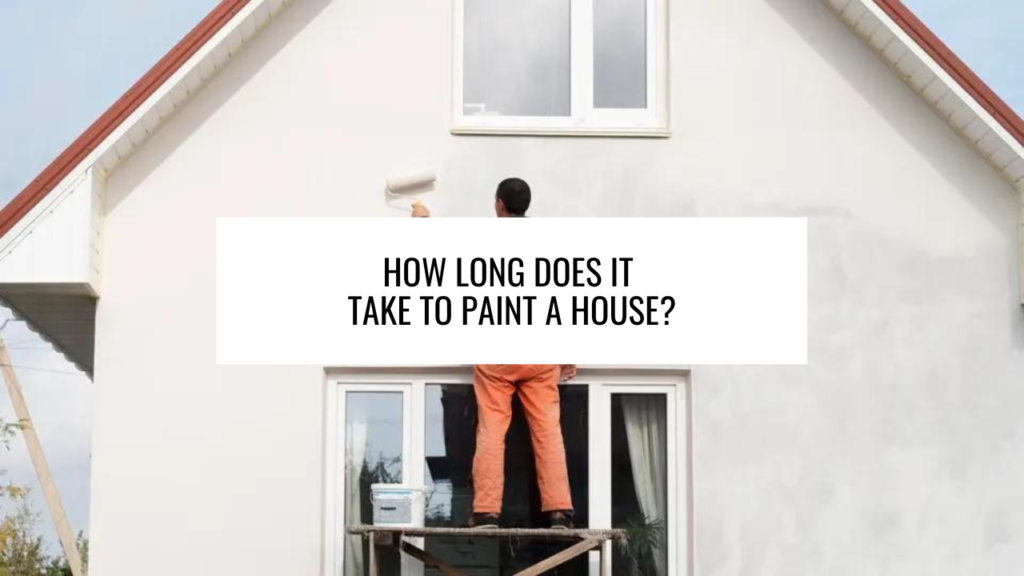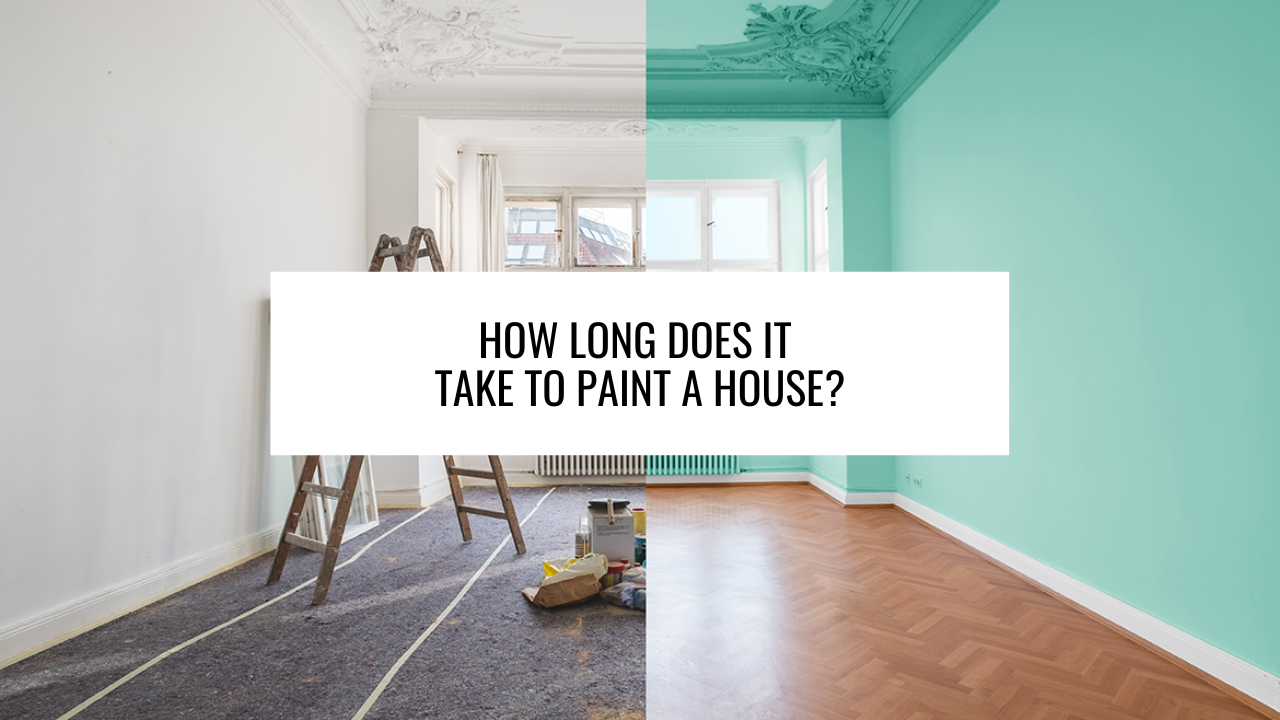When it comes to giving your home a fresh new look, painting is one of the most impactful and cost-effective ways to do so. Whether you’re planning to paint the exterior or the interior, one of the first questions that come to mind is: How long will the process take? While there’s no one-size-fits-all answer to this question, several factors influence the timeline for painting a house.
Size of the House:
The size of your house is perhaps the most straightforward factor affecting the time it takes to paint it. Larger houses will naturally require more time to paint than smaller ones. If you’re painting both the interior and exterior, be prepared for a longer timeline.
Preparation Work:
Proper preparation is key to achieving a professional-looking paint job. This includes cleaning surfaces, repairing any damages, and priming. The amount of preparation work needed can significantly impact the overall time it takes to complete the project.
Number of Coats:
The number of coats you apply can extend the painting process. While some areas might need just one coat, others might require two or more coats to achieve the desired color and finish. Waiting for each coat to dry before applying the next adds to the overall timeline.
Type of Paint:
Different types of paint have varying drying times. Water-based paints tend to dry faster than oil-based ones. The type of paint you choose will influence how long you have to wait between coats and before moving on to the next step.
Weather Conditions:
For exterior painting, weather conditions play a significant role. Painting during the right weather – moderate temperature, low humidity, and minimal wind – is crucial for paint to dry properly and adhere well. Unfavorable weather can lead to longer drying times, which in turn extends the overall project duration.
Experience and Team Size:
The experience of the painters can impact the efficiency of the project. Experienced painters are likely to work faster while maintaining quality. Additionally, the size of the painting crew matters. A larger team can complete the job more quickly than a smaller one.
Complexity of Surfaces:
Houses often have a variety of surfaces to paint, such as walls, ceilings, trims, and doors. The complexity of these surfaces – their size, shape, and intricacies – can affect the time it takes to paint them. Intricate details might require more time and attention.
Drying Time:
Waiting for paint to dry is a necessary step between coats and before moving furniture back into a room. Drying times can vary depending on the type of paint and the environmental conditions.
Additional Features:
If your house has additional features like decorative elements, intricate patterns, or accent walls, these will require extra time for precise painting and detailing.
Unforeseen Delays:
Lastly, unexpected delays can occur during any project. These might include unexpected repairs, changes in weather, or other unforeseen issues that temporarily halt the painting process.
Conclusion: How Long Does It Take to Paint a House?
The time it takes to paint a house can vary widely depending on factors like the size of the house, preparation work, number of coats, type of paint, weather conditions, experience of the painters, complexity of surfaces, drying time, additional features, and unforeseen delays. While it’s hard to pinpoint an exact timeline without considering these variables, it’s always a good idea to consult with professional painters such as Sarson Painting who can provide a more accurate estimate based on your specific circumstances. Remember, a well-executed paint job takes time, but the transformation it brings to your home is well worth the effort.


